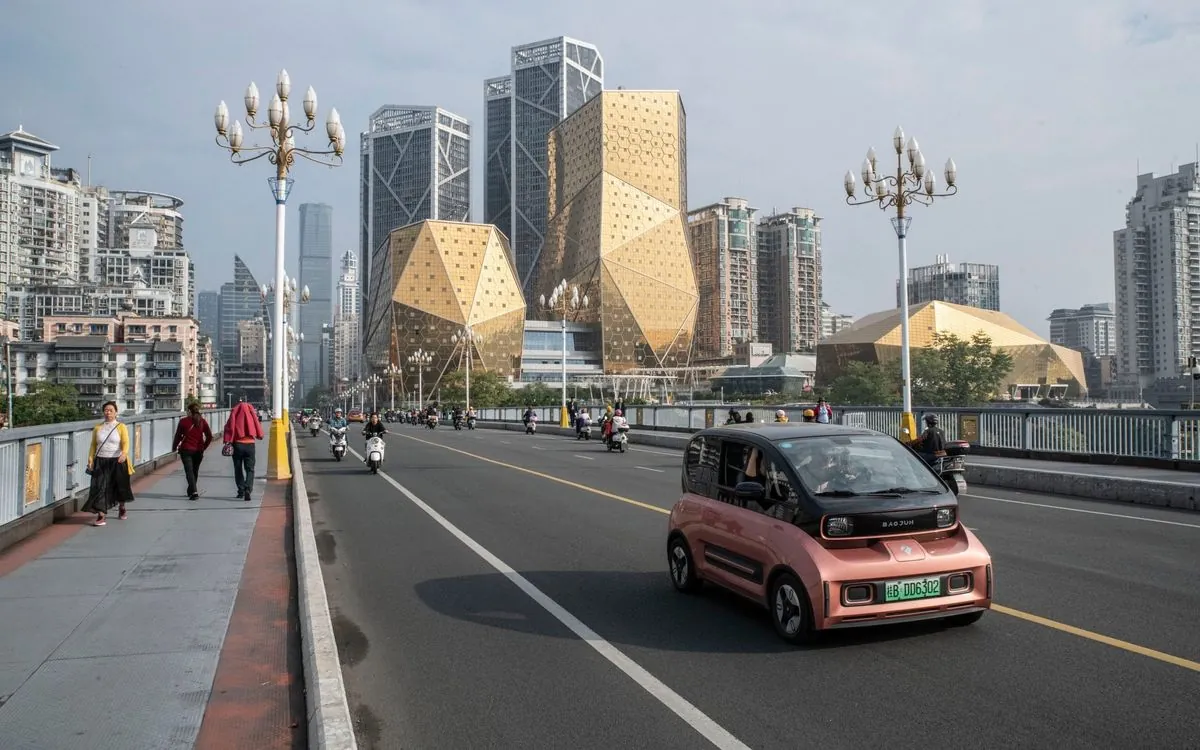China's Modernization: A Tale of Progress and Uncertainty
A journalist's recent visit to Shanghai reveals contrasting views on China's future. While infrastructure impresses, conversations with locals and scholars expose growing concerns about economic opportunities and global tensions.

Upon arriving in Shanghai last week, the author encountered a striking symbol of China's rapid modernization: a sleek electric vehicle from a brand called Jianglai, meaning "the future" in Chinese. This experience set the stage for a deeper exploration of China's current state and future prospects.
China's impressive development is evident in its infrastructure:
- World's largest high-speed rail network
- New airports and subway systems
- Advanced electric vehicles from companies like BYD
However, the author cautions against both overly optimistic and jaded perspectives on China's progress.
Conversations with young Chinese revealed growing concerns about their future:
"I am so worried. It is really, really difficult to find good jobs nowadays. The competitive pressure on people in their teens and 20s is crushing. At the same time, life has become very expensive. This makes so many of us, like me, want to leave the country."
[[Young Chinese professional]]
This sentiment reflects a broader trend of increased emigration among educated Chinese citizens. Recent reports show a rise in middle-class individuals attempting to enter the United States through unconventional means, often at great personal risk.

Discussions with Chinese scholars highlighted tensions between China and developed nations, particularly the United States. One academic suggested that China's failure to maintain positive relations with the U.S. could hinder its economic growth, noting that historically, high-income status has been achieved by countries with good U.S. relations.
The ongoing tech competition between China and the West was also a topic of conversation. An older scholar emphasized China's determination to lead in crucial technologies, predicting that perceived antagonism would only fuel Beijing's efforts to achieve technological self-sufficiency.
As China faces challenges such as a slowing economy and a shrinking population, its response to these issues and its approach to international relations will shape not only its own future but also global dynamics in the coming decades.


































